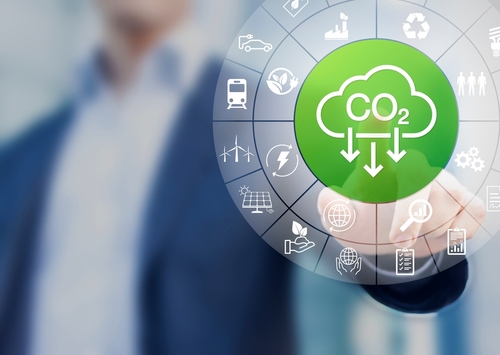National Energy Technology Lab research focused on ways to remove CO2

As part of a larger push by the U.S. Department of Energy (DOE), the National Energy Technology Lab (NETL) is currently focusing its resources on CO2 removal (CDR) research such as direct air capture (DAC), biomass carbon removal and storage, enhanced mineralization and more.
Such research could help scale-up and commercialize technologies, with the ultimate goal of scrubbing hard-to-avoid carbon emissions and removing legacy CO2 from the atmosphere for storage at the gigaton scale. With 25 years of carbon management research already under its belt, NETL has focused a good chunk of its efforts on turning captured CO2 into durable products like low-carbon concrete. It is also building a suite of life cycle and techno-economic analysis tools to better show the benefits of its approaches.
On top of this, NETL is currently developing tools and facilities to support public and private sector partners with advancing DAC technology to commercial scale and to counter the degradation of capture materials. Some of these materials are vulnerable to oxidation, which reduces their efficacy in CO2 capture and increases their potential to emit toxic byproducts over time. NETL is trying to figure out more about the mechanisms of that degradation.
In Pittsburgh, NETL is also creating a DAC center to provide affordable and accessible performance testing facilities for developers. There, researchers can test emerging technologies that have reached proof-of-concept stage, but not quite advanced to pilot-scale testing.
Working under DOE’s Carbon Negative Shot, NETL researchers hope to use their innovations to pull CO2 from the atmosphere and store it at gigaton scales for less than $100/net metric ton of CO2-equivalent.
